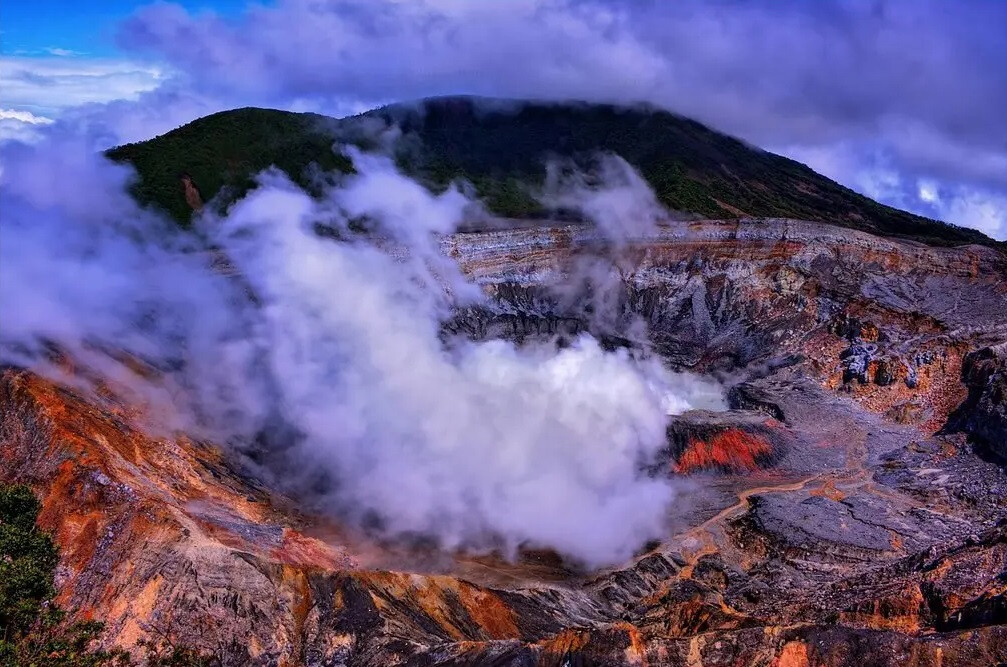
San José, Costa Rica - Authorities in Costa Rica have maintained an orange alert for the Poás Volcano, a popular tourist destination, following a notable increase in gas emissions from its crater. This heightened activity, which began on March 1st, signals a potential for increased eruptive activity, prompting cautious measures at the 2,708-meter-high volcano located approximately 50 kilometers northwest of the capital, San José. While visits have not been entirely suspended, restrictions are currently in place to ensure visitor safety.
Geoffroy Avard, a volcanologist with the Volcanological and Seismological Observatory of Costa Rica (Ovsicori), explained the concerning developments. "We have a lot of information indicating that there is an influx of fluids from deep within. We don’t know what will happen, but it’s an influx that creates a concerning situation," he stated. He further elaborated, "At this moment, [Poás] is at level three [orange alert], which we call ‘caution.’ It’s level three out of four levels, and that’s because the volcano shows many aspects that cause us significant concern."
Costa Rica is known to have over 120 volcanic sites, the majority of which are extinct. Currently, five are considered active: Poás, Rincón de la Vieja, Arenal, Irazú, and Turrialba. The recent observations at Poás have particularly worried experts. "The volcano [Poás] is very unstable right now, and the nature of the gases suggests it’s magma," Avard noted, indicating a potential escalation in activity.
This is not the first time Poás has experienced significant unrest. The volcano was closed to visitors from April 2017 to August 2018 due to a series of eruptions. The most significant event during that period occurred on April 22, 2017, when an eruption propelled rocks as far as 1.5 kilometers from the crater. Following its reopening, enhanced safety protocols were implemented, including the construction of shelters and the provision of protective gear for visitors.
The intermittent closures and heightened alert levels have had a considerable economic impact on communities surrounding the Poás Volcano National Park, where tourism forms a crucial part of the local economy. Businesses and residents reliant on visitor traffic face uncertainty as the volcano's activity remains unpredictable.
Authorities continue to closely monitor the situation at Poás, utilizing data from the National Seismological Network and Ovsicori to assess the evolving risk. The orange alert signifies that changes in the volcano's behavior have been detected, and an eruption is possible. The public is urged to stay informed through official channels and adhere to any safety guidelines issued by the authorities.
[Copyright (c) Global Economic Times. All Rights Reserved.]



























